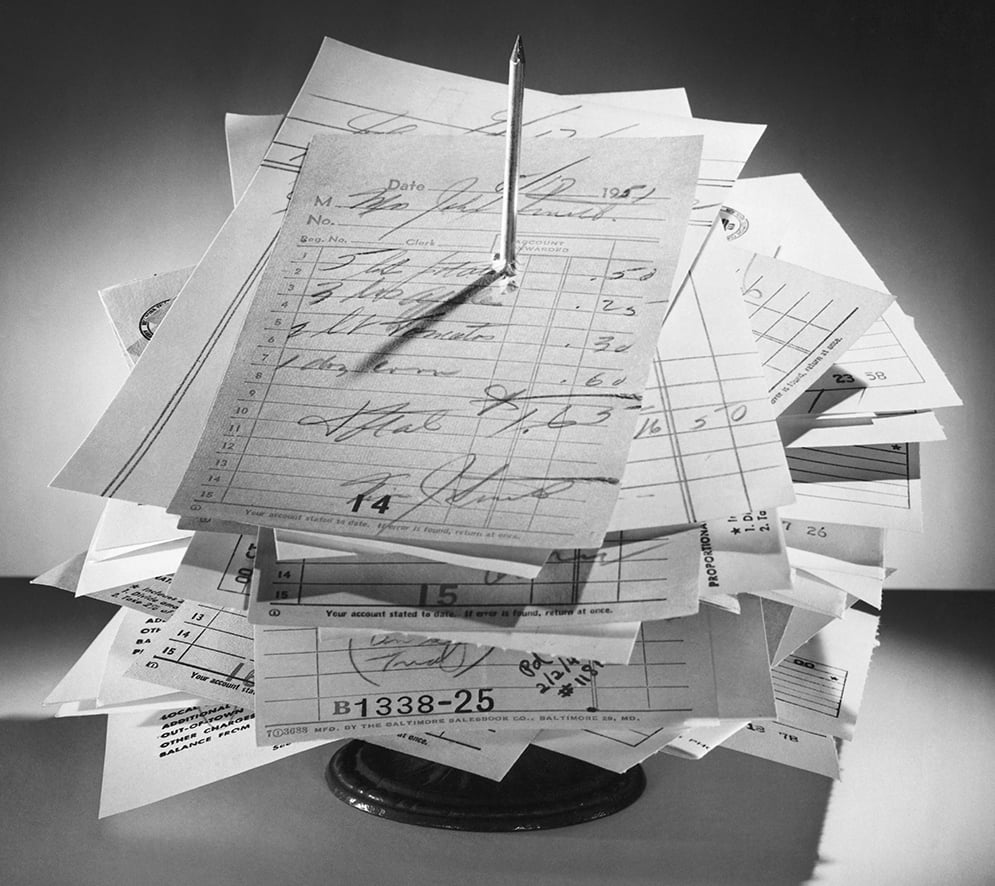
You’ve chosen a wine for dinner—now comes the other hard part. What glass do you serve it in? Don’t laugh: Choosing stemware is almost as important as choosing the wine. The right glass can enhance wine’s subtlety and expressiveness. But stemware selection is fraught with snobbery and puffery, and too many people spend time and money chasing some mythic ideal of the perfect glass.
Let’s separate sense from nonsense.
Does size matter?
Yes, but shape is just as important. The traditional wineglass has a tulip-shaped bowl, wide at the bottom and narrowing to the rim. This shape allows the wine’s aromas to rise in the glass, which is why you shouldn’t fill the glass more than a third full. The glass should be big enough that you can stick your nose in and take a good whiff.
Many restaurants have upgraded their stemware to 12-ounce glasses, ample room for five ounces of wine to breathe. Eight-ounce glasses would be filled too high. At home we can pour less into a smaller glass and refill more often.
Do I need different glasses for white wines and red wines?
Glass makers produce different styles not only for whites and reds but also for each grape variety. This is where the debate over stemware can get silly.
Glasses designed for white wines tend to be narrower than those for reds, presumably because the wines are less expressive. But unless you’re a crystal fetishist, there’s no reason to spend money on different glasses for Chardonnay and Cabernet.
Pinot Noir traditionally has earned its own balloon-shaped glass, which allows the wine’s flowery scents to unfurl fully. If you drink a lot of Pinot Noir, it might be worth investing in these glasses.
Do I need different glasses for ports, sherries, Cognacs, and dessert wines?
Not really. Different styles of glasses evolved for these wines according to tradition in the areas where they are made. Port, sherry, and Cognac are also higher in alcohol than table wine is, so portions—and glasses—tend to be smaller. But if you enjoy these only occasionally, there’s no need to buy those glasses.
Is crystal stemware better than glasses sold at stores such as Crate & Barrel and Pottery Barn?
This is debated by wine lovers. Expensive crystal stems by high-end producers such as Riedel, Spiegelau (now owned by Riedel), and Schott Zwiesel are must-haves for many oenophiles. Others would rather spend the money on wine.
Here’s McIntyre’s Law of Stemware: The value of a wineglass is directly proportional to the price of the wine.
Luxury stems are designed to coax out the nuances hidden in a wine, the “sweet perfume of scorched earth, black and red fruits, truffles, and . . . notions of chocolate and smoky oak,” as the dean of wine critics, Robert Parker, described a three-digit Napa Valley red. Taste that trophy wine from an everyday glass and you might wonder what the fuss is about because the subtleties would be lost.
You don’t need a triple-digit trophy wine to enjoy the rewards of good glassware. Wines as inexpensive as $20 will begin to show complexity that will merit a stem upgrade.
How should I clean and store good glasses?
Wash them with soap and warm water—by hand. Dishwashers are enemies of fine crystal. Dry your glasses by hand with a lint-free linen towel to avoid spots and give the crystal a good polish. Store them in a cupboard—some people prefer to store them stem up. Another option is to put them back in the box for safekeeping.
Is there such a thing as a “bad” wineglass?
Colored glasses may look pretty in museum exhibits, but I like to see my wine—its color gives me clues about its age, condition, and flavor. And I dislike the new stemless wineglasses, first developed by Riedel and now widely copied.
Yes, they have the advantage of being more stable in the dishwasher and therefore more convenient. But grabbing the glass by the bowl makes the wine harder to see and warms the wine with body heat. I’m antisnobbery in many respects, but a wineglass has a stem for a reason.
Dave McIntyre has written about food and wine for Wine Enthusiast, the San Francisco Chronicle, and the Washington Post. His weekly picks appear every Thursday on Washingtonian.com.
This article appeared in the April, 2008 issue of The Washingtonian.

















